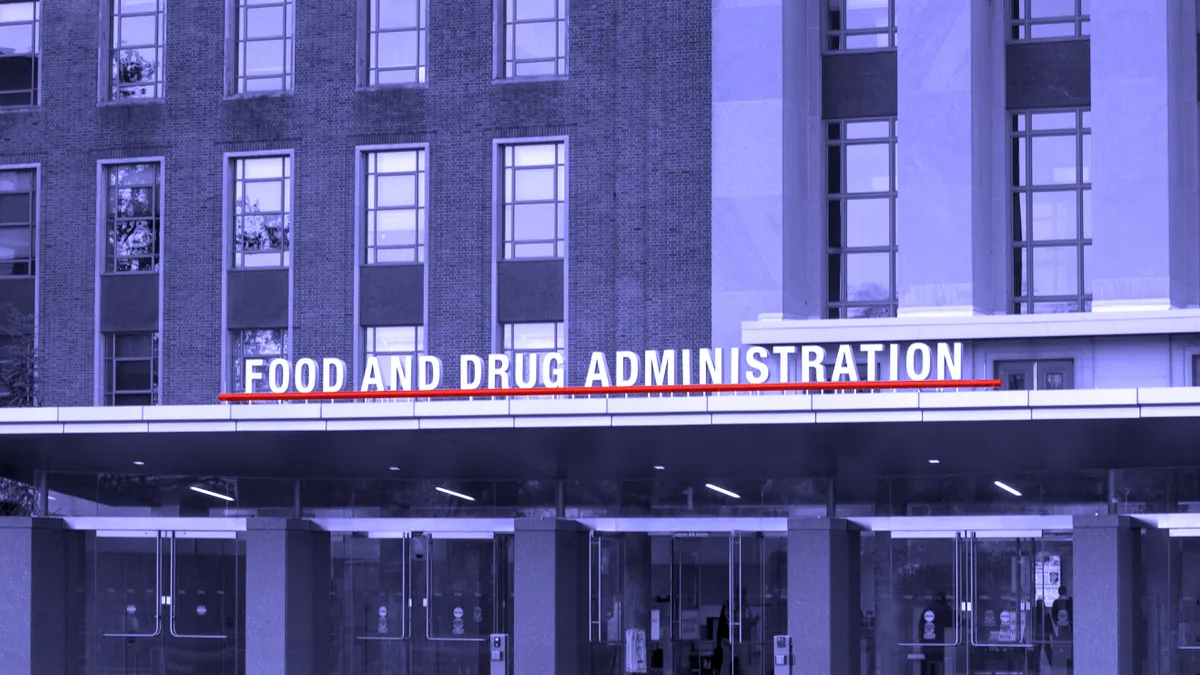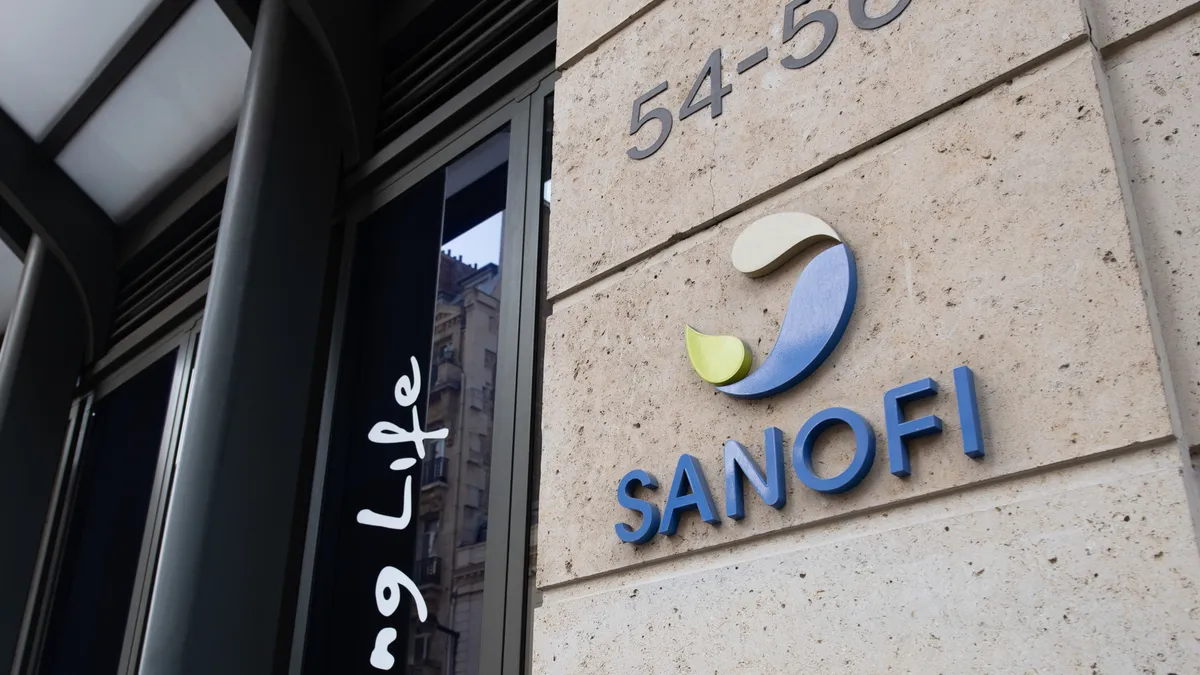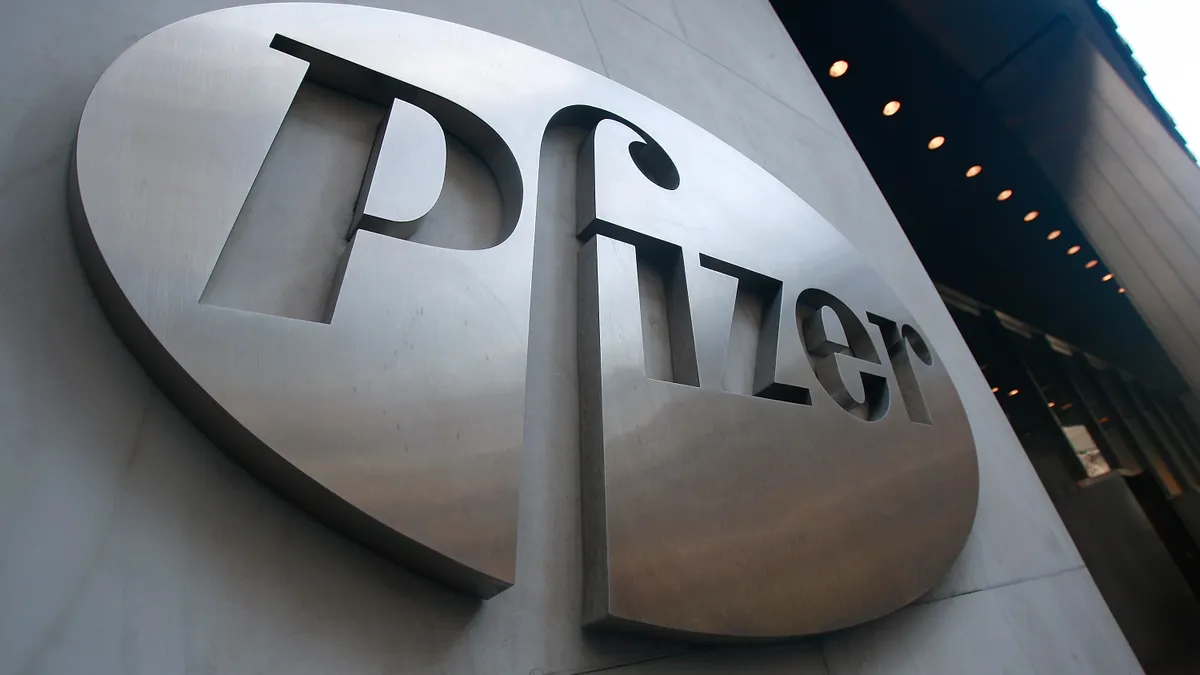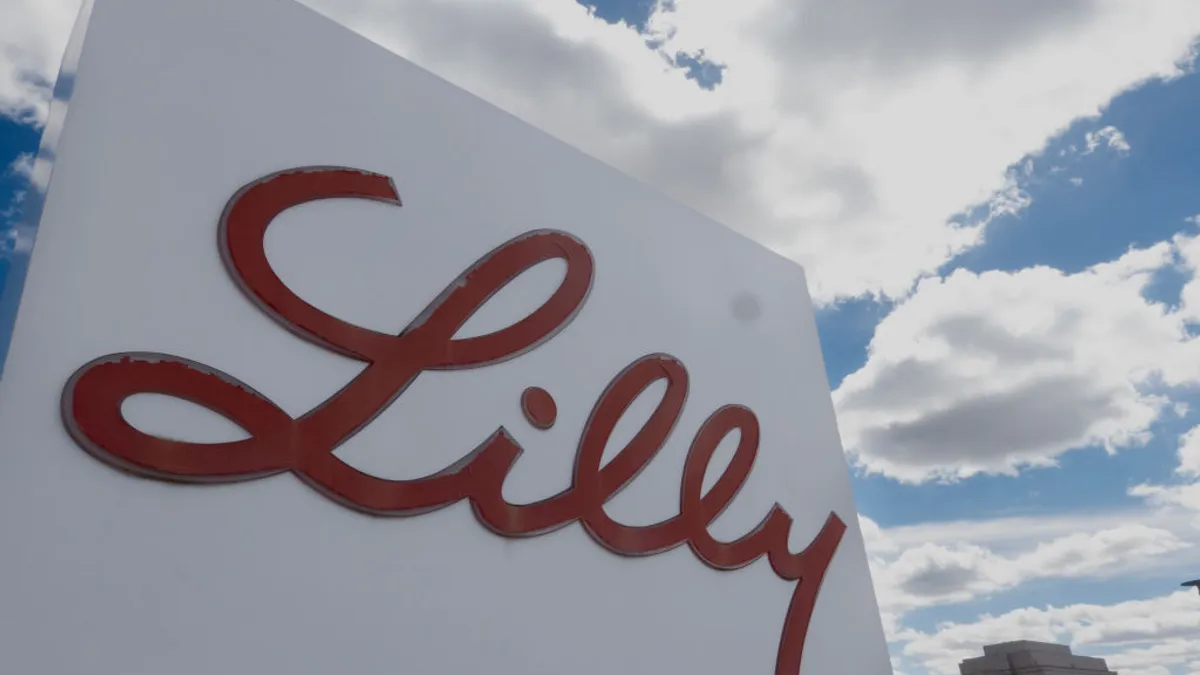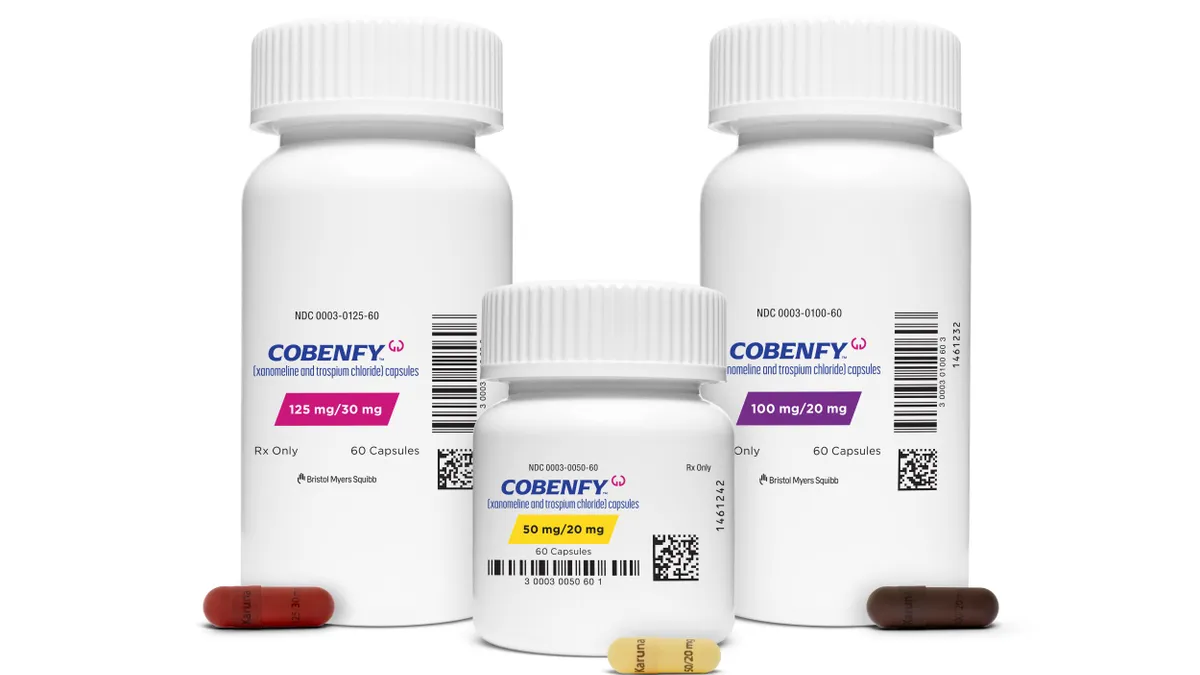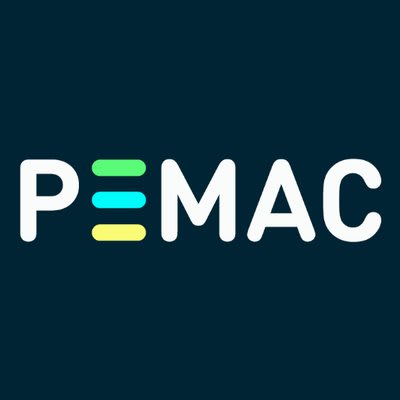With quarterly earnings underway, BioPharma Dive is providing a snapshot of some companies' results and how they're being received by investors. Today, we’re offering insight into the latest numbers from Alnylam Pharmaceuticals, Biogen, Neurocrine Biosciences and Bristol Myers Squibb.
Alnylam battles sky-high expectations
Alnylam Pharmaceuticals has been among the industry’s top performers this year. Lifted by a long-awaited drug approval and early signs that therapy is selling well, the company has seen its market value nearly double in 2025, cracking a $50 billion threshold few biotechnology companies ever reach.
Alnylam’s latest earnings report seemed to include more good news. Quarterly revenues of about $1.25 billion beat analysis estimates by almost $300 million, leading the company to boost its financial forecasts. That all-important therapy, Amvuttra, also outperformed, generating $685 million versus the $622 million analysts were expecting. And crucially, for Alnylam, the spike in third-quarter Amvuttra sales were an indicator that demand is growing among patients with the heart-related complications of transthyretin amyloidosis, or TTR.
The results point to a “bigger-than-expected market that can support multiple players,” wrote Evercore ISI’s Cory Kasimov.
Yet by the end of Thursday, Alnylam shares were down by almost 7%, erasing months worth of stock gains. Multiple Wall Street analysts attributed the downswing to Alnylam’s already expensive share price and the fact that “buy side investors” had even higher expectations than they did.
Mani Foroohar, of Leerink Partners, wrote that those investors projected Amvuttra to hit $700 million, and that Alnylam’s guidance increase only brought numbers “in line” with their estimates. Third-quarter trends suggest “flattish new patient trends” too, he added.
Alnylam also disclosed a subpoena related to its government price reporting. There were no allegations of wrongdoing, but the news pushed shares down, wrote Jefferies analyst Maury Raycroft, after speaking with executives.
What’s more, heading into its announcement, Alnylam’s market worth exceeded that of many large-cap drugmakers, at least in terms of sales and earnings multiples, noted Stifel’s Paul Matteis. The company was in a “trickier” spot than usual as a result.
“We don’t think the big picture has changed,” Matteis wrote. “We still see TTR as a very large (and growing) market, and we expect [Alnylam’s] dominant position within it to remain.”
Biogen’s ho-hum report
Biogen narrowly exceeded Wall Street’s expectations with its latest earnings report, wherein the company recorded just north of $2.5 billion in revenue during the three-month period from July through September. Biogen’s aging arsenal of multiple sclerosis drugs was resilient during the third quarter, once again accounting for roughly 40% of overall revenue.
The performance of three “launch” products meant to spur growth was more muted. Zurzuvae, a medication for postpartum depression, generated $55 million, up from $46 million in the previous quarter. Revenue from Skyclarys, which is used to treat a rare neuromuscular condition, ticked up slightly to $133 million. And sales of Leqembi, a closely watched medicine for Alzheimer’s disease, reached $121 million globally and $69 million in the U.S., where Biogen leads marketing activities. Those totals were $160 million and $63 million last quarter, with the former benefiting from a one-time, inventory-building shipment to China.
Biogen now forecasts total revenue this year will be flat to up 1%, a little better prognosis than in the summer, when the company expected no real year-over-year change. It also lowered its annual earnings per share estimates, to a range of $14.50 to $15, because of recent deals.
Salim Syed, an analyst at the investment firm Mizuho Securities, described the earnings as a “low quality beat and raise,” while Eric Schmidt, of Cantor Fitzgerald, cast them as “fairly unremarkable.”
“While some adult supervision has aided operational performance, the narrative on [Biogen] continues to suffer from lackluster investor appeal. Leqembi is not going to be the growth driver some had hoped. Biogen's pipeline is still immature. And creating a sustainable pipeline through [business development] is difficult,” Schmidt wrote in a note to clients.
Neurocrine’s surprising stock slide
Brain drug developer Neurocrine Biosciences saw a 28% year-over-year increase in net sales during the third quarter, according to an earnings report released Tuesday. The company’s two main products — Ingrezza and Crenessity — together brought in $785 million. Analysts called Neurocrine’s performance “solid” and “strong.”
And yet, on Wednesday, shares of the company fell by as much as 9%.
Brian Abrahams, an analyst at RBC Capital Markets, suspects several reasons for the “mostly unjustified” stock slide. Neurocrine executives, in presenting the results, announced plans to invest another $150 million building out the sales teams for Ingrezza and Crenessity. The expansion, while prudent to RBC team, may also “raise concerns over when margins can inflect,” Abrahams wrote in a note to clients.
Additionally, Neurocrine disclosed that, in August, it received a so-called civil investigative demand from the Department of Justice, requesting certain documents and information related to the sale and marketing of Ingrezza. This inquiry might have “spooked” some investors, according to Abrahams, since, based on similar cases, it suggests the DOJ could be investigating Ingrezza kickbacks. But even if that’s what’s happening, such cases often take years to complete and result in settlements, meaning “any impact should be manageable.”
Abrahams also flagged some commercial intricacies that could be sticking points for investors, like pricing dynamics for Ingrezza and continuing the successful launch of Crenessity, which secured approval less than a year ago.
Such uncertainties “likely overshadowed” what was objectively a “good” quarter, according to Uy Ear, an analyst at Mizuho.
Bristol Myers’ brain drug sparks ‘tug of war’
Carter Gould, an analyst at Cantor, warned early Thursday that Bristol Myers Squibb may see an investor “tug of war” based on its latest earnings report, which, while positive overall, was somewhat weighed down by one of the company’s most talked about new drugs.
The drug, Cobenfy, was approved a little over a year ago as a first-of-its-kind treatment for schizophrenia. Bristol Myers bet big on Cobenfy, acquiring it through a $14 billion deal, and, so far, sales have gradually risen. They reached $43 million in the third quarter, up from $35 million in the previous three-month period. By late October, roughly 2,500 prescriptions were being written weekly.
Yet, stacked against Bristol Myers’ other products, Cobenfy’s performance could be seen as underwhelming. Gould noted how nearly every product in the company’s “growth” portfolio — which includes the anemia shot Reblozyl, the blood cancer therapy Breyanzi and the heart drug Camzyos — beat Wall Street expectations. Cobenfy was the main outlier.
Bristol Myers may change that narrative if Cobenfy proves useful beyond schizophrenia. There, the company has three large trials testing the drug against the psychosis that patients with Alzheimer’s disease often experience. Results from the first of those studies, titled ADEPT-2, could arrive before the end of the year.
“As you undoubtedly know, there's heightened investor nervousness around the ADEPT program,” Tim Anderson, an analyst at Bank of America, said during Bristol Myers’ earnings call Thursday.
To analysts’ disappointment, the company didn’t unveil results or any significant new details alongside its earnings. According to Sean McCutcheon, from the investment bank Raymond James, the recent failure of a late-stage trial that tested Cobenfy as an add-on therapy to other antipsychotics has put more pressure on the program.
That setback, McCutcheon wrote, could increase the perceived risk of the drug ever succeeding in other conditions.
Still, the uncertainty surrounding Cobenfy wasn’t enough to pull down Bristol Myers’ share price. A bump in financial guidance and beat in quarterly revenue helped lift shares 7% on Thursday.






